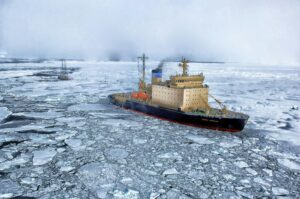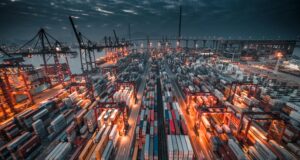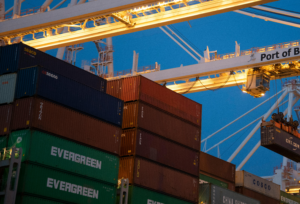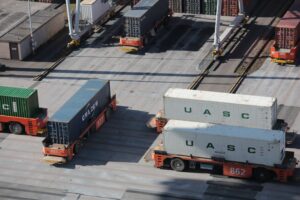Temperature Control Challenges in Short-Distance Refrigerated Transport
Refrigerated transport in Europe presents unique challenges in maintaining temperature control. The main difficulties include the short run times of refrigeration systems between stops and challenges with load distribution which can affect temperature management. Temperature Control Challenges with Frequent Stops Consistent temperature control can be a challenge over short distances due to frequent stops […]




















